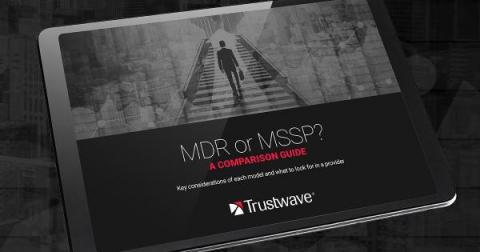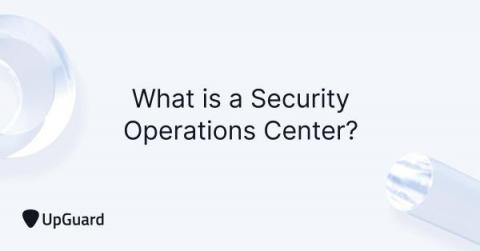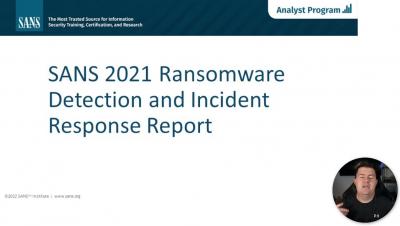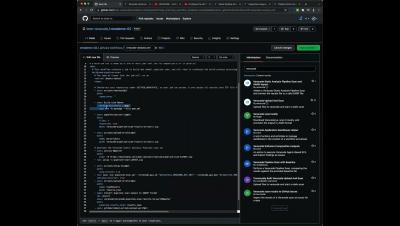MDR Provider, MSSP or Both? Focus on the Capabilities You Need
Over the last several years, Managed Security Service Providers (MSSP) have evolved, and some have started offering Managed Detection and Response (MDR) services as part of their overall security solution. However, an MSSP lacking MDR capability simply cannot provide the same level of security, particularly in today’s quickly changing environment that has seen remote and hybrid work become the norm.









